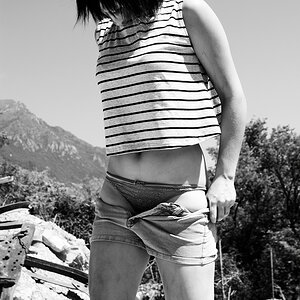Antithesis
No longer a newbie, moving up!
- Joined
- Aug 24, 2007
- Messages
- 1,340
- Reaction score
- 16
- Location
- Caribbean
- Website
- www.epanderson.com
- Can others edit my Photos
- Photos OK to edit
I've had my d40x for about a month now, I love it but I have a big question. I've been using all the modes on the camera, just learning everything I can about how to get my exposure right. It seems in manual mode, the light meter will read that it will be a perfect exposure, but the picture will come out being dark and underexposed. I end up overexposing by a stop or so and the picture comes out better. I'm obviously a noob to photography, so enlighten me. I know some camera's tend to favor under or over exposing, what have been people's experience with the d40x?
Also, I noticed this to be even more of a problem when using a polarizing filter. Is the light meter located inside the body of the camera (i.e. through the lens)? My buddy tells me to worry more about composure than exposure for the time being, but I'm just curious.
Also, I noticed this to be even more of a problem when using a polarizing filter. Is the light meter located inside the body of the camera (i.e. through the lens)? My buddy tells me to worry more about composure than exposure for the time being, but I'm just curious.



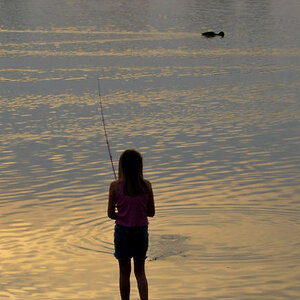
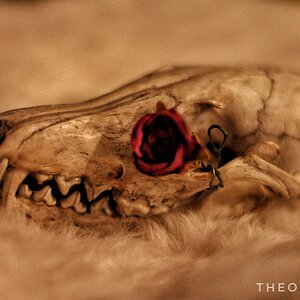


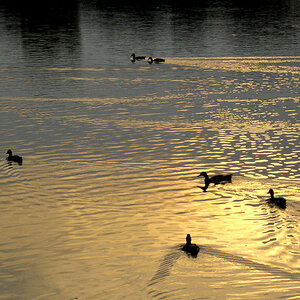
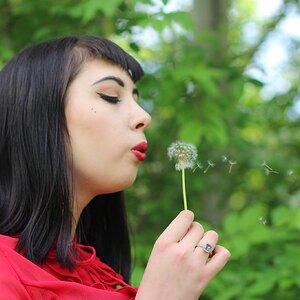
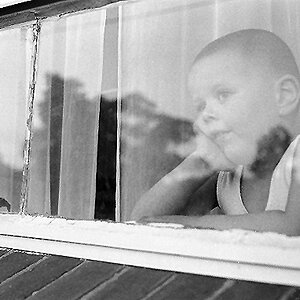
![[No title]](/data/xfmg/thumbnail/38/38720-f0f83c1b09a42065eefec8923841d54d.jpg?1619738701)

![[No title]](/data/xfmg/thumbnail/32/32179-99b00fe3df8a5ed7303ced76980128fd.jpg?1619735235)
